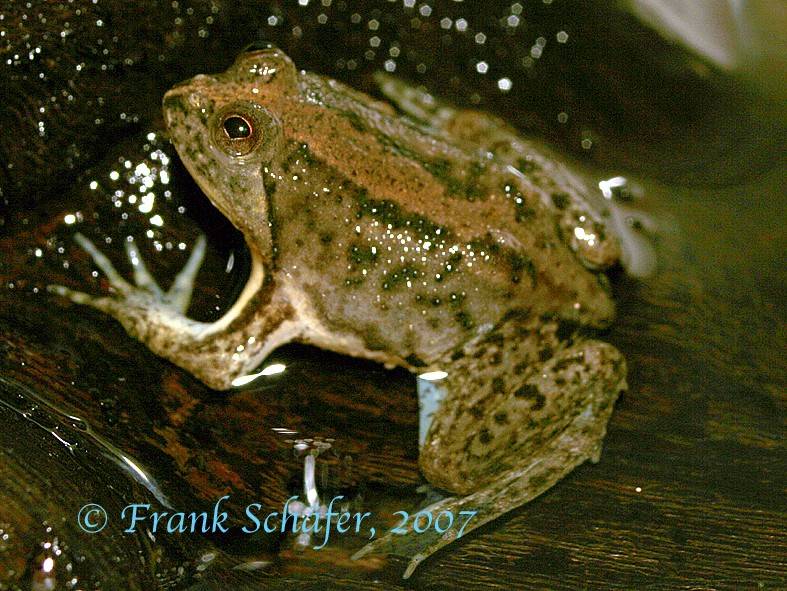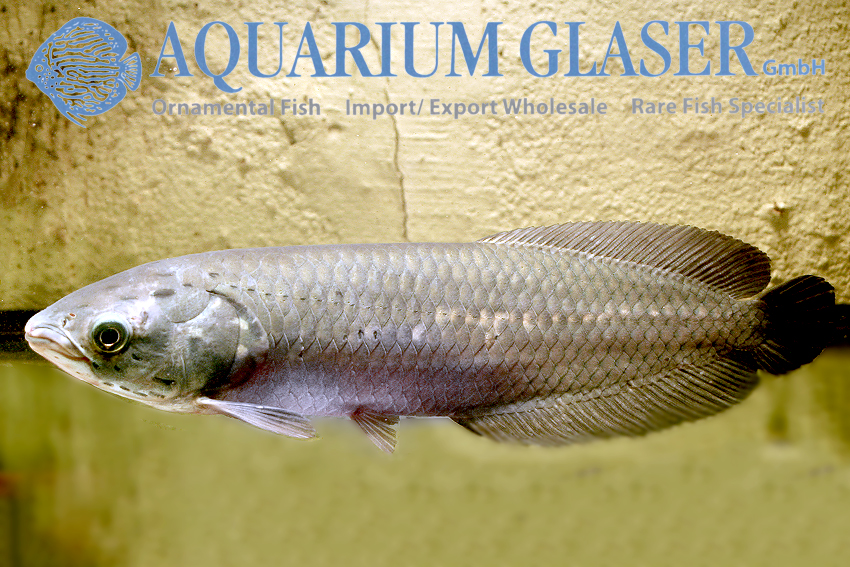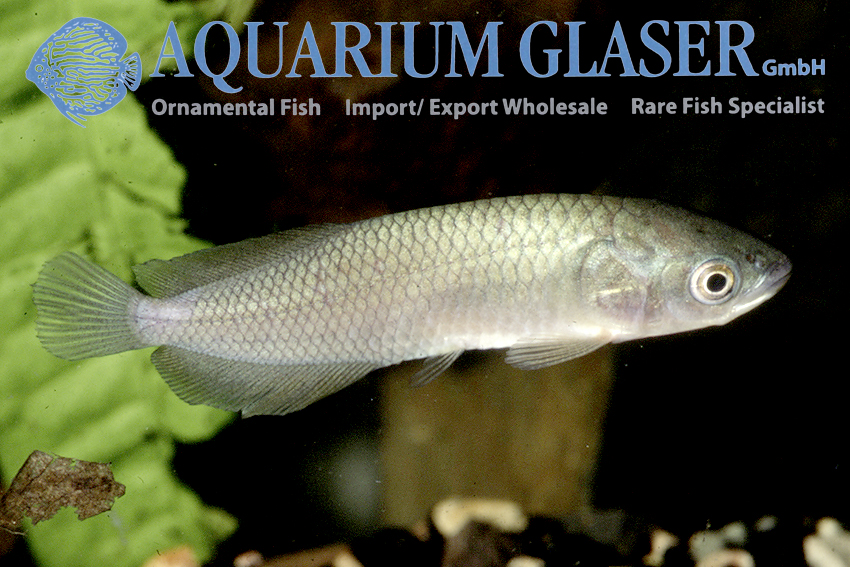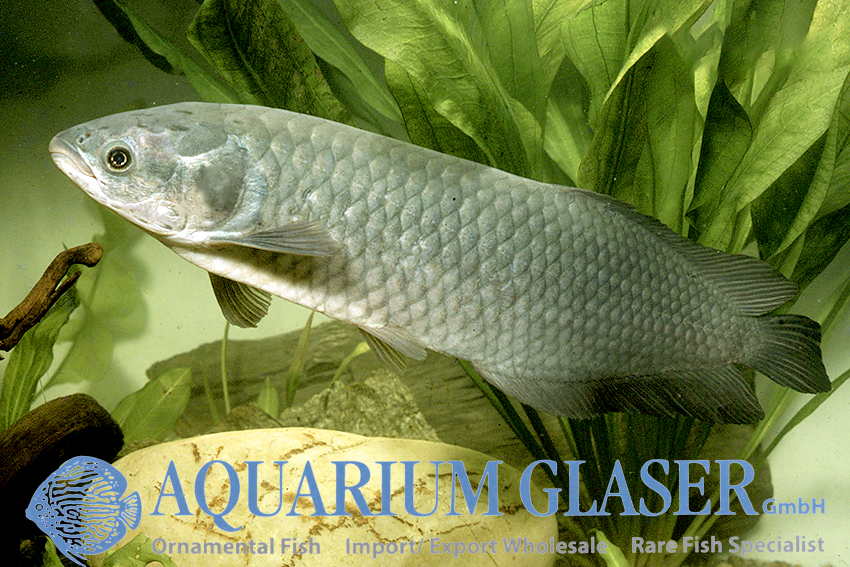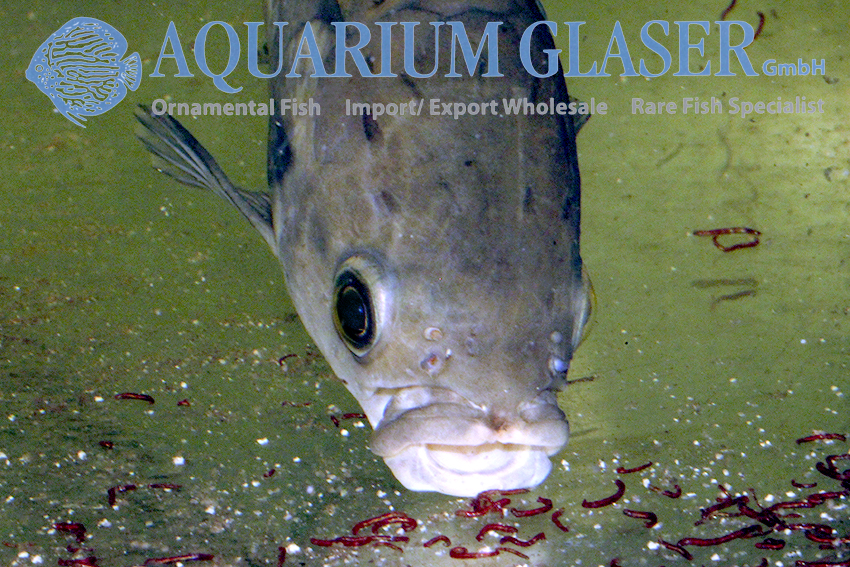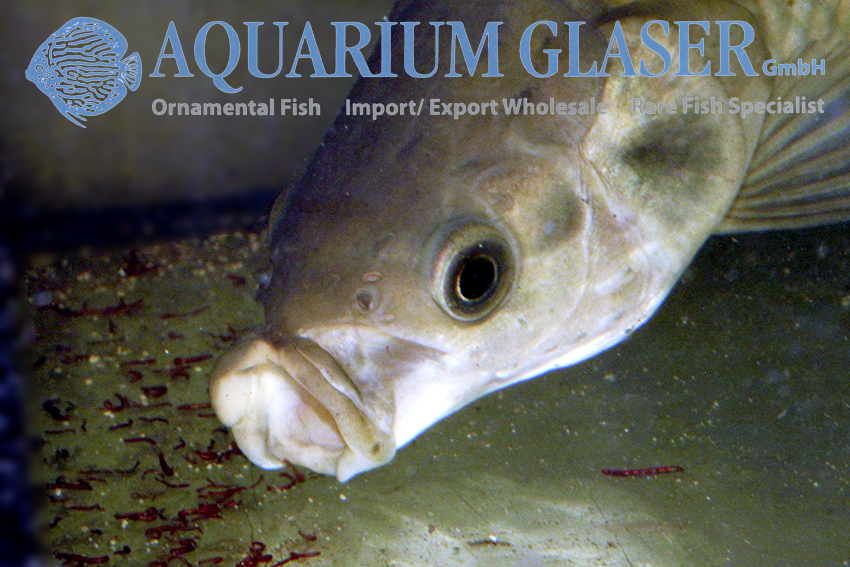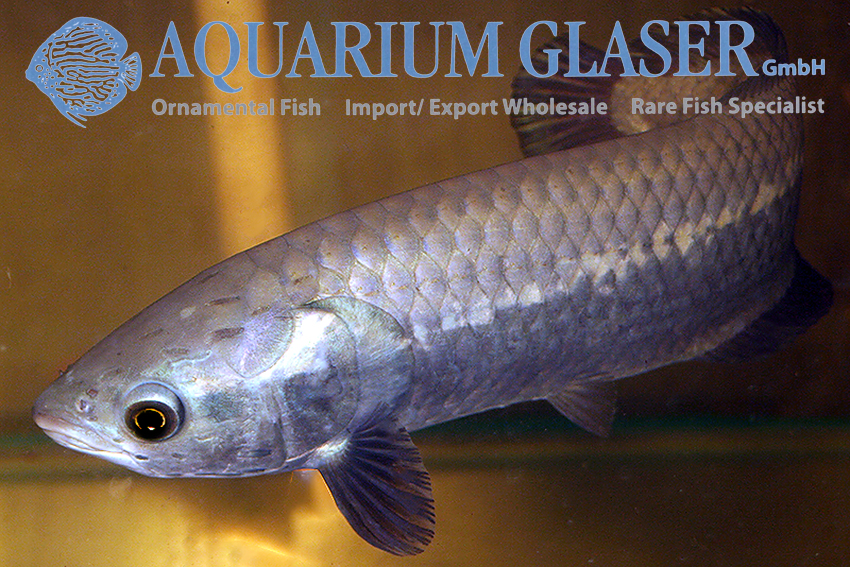The Rio Orinoco is with more than 2.000 km length one of the biggest rivers of South America. About 3/4 of it´s length it runs through Venezuela, the remaining 1/4 belong to the territory of Colombia. The Brazo Casiquiare connects during high water levels the Orinoco-sytem with the Amazon-sytem via the Rio Negro.
The import season for loricariid catfishes from the Rio Orinoco influence has started now. So we already can offer a good number of different species of that group.
The genus Hypancistrus is formed by relatively small (around 10 cm) mainly carnivorous species. Among the recent imports are Hypancistrus contradens (L201, formerly thought to be a variety of H. inspector) with variing pattern. Some have big spots, others very small ones. Then we have Hypancistrus furunculus L199, a zebra cat with also very individual coloration. This is also true for Hypancistrus debilittera L129, which has a very attractive white wavy pattern on black ground.

Meat eaters are also Leporacanthicus species. Probably the most wanted species is L. triactis (L91). It can reach around 20 cm maximum length.
Very much sought for is also L200. Actually, there are two mimetic species that hide behind that L-number, which are often confused, although they might belong to even different genera. The real L200 is a still undescribed species. It can be easily recognized by the big gap between the end of the dorsal fin and the beginning of the adipose fin. The second species – called L200 Highfin or L200a in the trade – has been formally deescribed already as Baryancistrus demantoides. In this species dorsal and adipose fin are connected. The depth of the dorsal fin is variable and of no use for differentiation of the species. Both L200 are omnivorous with a large compound of vegetarian food.

One should not forget the robust and pretty Peckoltia species. The usually grow up to 8 – 15 cm and so they fit in almost any tank of common size. Now imported are L243 with a very attractive coloration. Peckoltia species feed on aufwuchs like the well-known Ancistrus species do. Like these they need soft wood as a necessary food compoundment.
The „flyer cats” of the genus Pseudolithoxus are funny looking, extremely flat fellows. Especially P. dumus (L244) and P. tigris (L257) are very much sought for. Both won´t grow bigger than 15 cm and can be kept like the former species.
Finally the genus Guyanancistrus should be mentioned which is represented in the actual imports by L106. Depending on the sources it grows to 8-15 cm in length. It is a very attractive species that feeds on aufwuchs.

Of course this short review of the plecos from the Orinoco is far from being complete. One should always keep in mind that fishes from that region like relatively high water temperatures, eg 26-28°C.
Text and Photos: Frank Schäfer










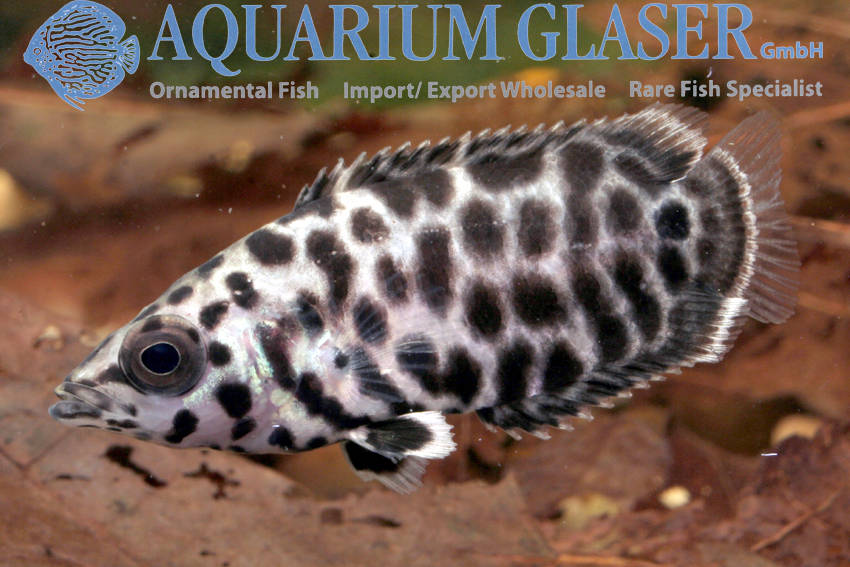



























 2. The Purple Harlequin barb, Trigonostigma espei
2. The Purple Harlequin barb, Trigonostigma espei 3. The Orange Harlequin barb, Trigonostigma cf. espei
3. The Orange Harlequin barb, Trigonostigma cf. espei




















 There are two species of Black winged dwarf hatchets recognized. These charming little creatures hardly reach 3 cm in length. From Peru we get occasionally Carnegiella schereri with a spotted belly as a so-called by-catch of C. strigata, whereas Carnegiella marthae from Brazil has a lined belly and is now and then available assorted (214003).
There are two species of Black winged dwarf hatchets recognized. These charming little creatures hardly reach 3 cm in length. From Peru we get occasionally Carnegiella schereri with a spotted belly as a so-called by-catch of C. strigata, whereas Carnegiella marthae from Brazil has a lined belly and is now and then available assorted (214003).






































































 First time imported: a brand new and undescribed snakehead from India; Channa sp. . So far we only know that this fish belongs to the same group as Channa bleheri. Therefore we believe that the max.size will be around 12cm. As soon as we will get more information about them , we will share with you!
First time imported: a brand new and undescribed snakehead from India; Channa sp. . So far we only know that this fish belongs to the same group as Channa bleheri. Therefore we believe that the max.size will be around 12cm. As soon as we will get more information about them , we will share with you!



 Just in time for the new year, the “Aqualog Calendar-Yearbook 2008” is out now.
Just in time for the new year, the “Aqualog Calendar-Yearbook 2008” is out now.







